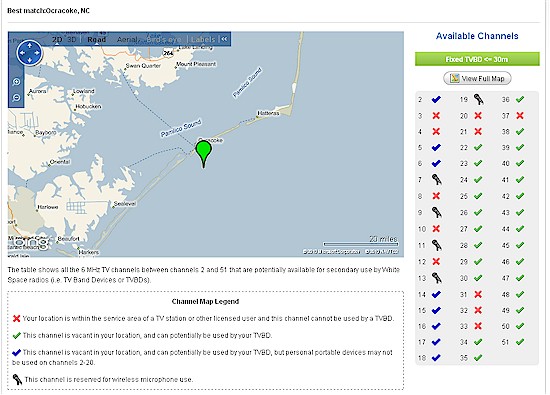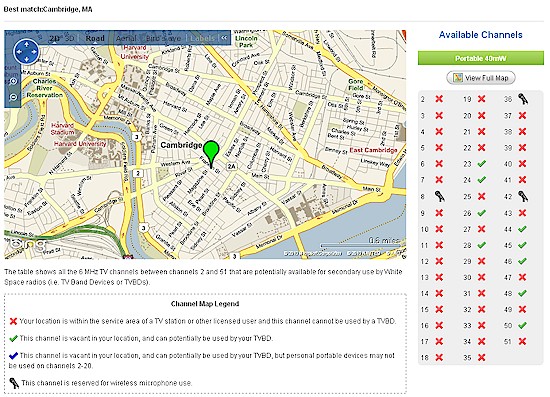As soon as I saw the "Super" moniker, I knew we were again off to the Wi-Fi hype races. So let’s see what’s really happening behind all the cheerleading.
Work has been underway in various standards committees for the past year or so. But it moved into higher gear with the formation of the 802.11af IEEE Task Group last December. This group is reworking the 802.11 MAC and PHY layers to meet the legal requirements for channel access and coexistence in the TV "White Space". This "White" spectrum is made up of unused TV channels, which vary from location to location.
The Task group aims to have 802.11af approved by next December (2011). And the Wi-Fi Alliance said that it has launched the development of a certification program for those devices.
802.11af devices (known in the committees as TVBDs—TV Band Devices), will come in two flavors: Fixed and Personal / Portable (PPs). Figure 1 shows an example of an system using both types.
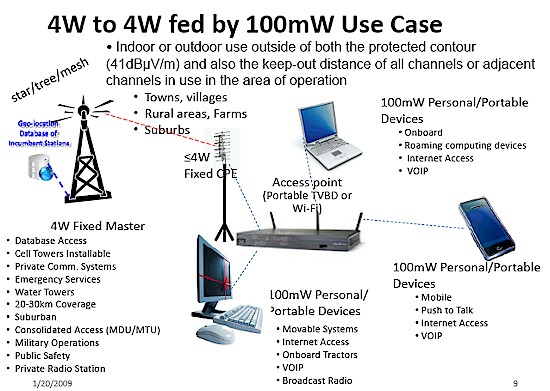
Figure 1: White Space Use Case – Combination Fixed, PP
(courtesy IEEE)
Fixed TVBDs must operate from a known, fixed location, have a 4 W maximum EIRP, maximum 30m antenna height and must be able to determine and report their actual location (within 50m) to an authorized database to retrieve a list of available channels. Fixed TVBDs will be used for things like long-range links and possibly (finally) getting broadband out to unserved and underserved rural locations. They also can operate in any available channels (except reserved channels).
PP TVBDs are further divided into two categories. Mode II devices are like Fixed TVBDs in that they have internal geo-location capability and access to a TV channel database. Mode I devices can’t determine their location or check in with a TV channel database, but instead must get their channel list from a Fixed or Mode II TVBD. PP TVBDs can use only channels 21 – 51, again, with the exception of reserved channels (see Figure 4).
The channel-use databases are already up and running and I used Spectrum Bridge’s ShowMyWhiteSpace.com to generate the map in Figure 2.
Figure 2: Fixed TVBD Available Channel Map – Rural location
Figure 2 maps Ocracoke, NC, a small island in North Carolina’s Outer Banks (and one of my favorite vacation spots). The map displays frequencies available for a Fixed TVBD with a maximum 30m antenna height, as might be used by someone aiming to provide wireless broadband service to the island. You can see that there are 34 channels available for this type of device.
But let’s say you live in a city and want to use one of the new "super" gizmos to improve your indoor wireless network range. Figure 3 shows quite a different story with only 9 available channels. The wireless microphone icons indicate channels that are reserved for their use as part of the just-amended FCC Part 15 rules.
Figure 3: Personal / Portable, 40 mW TVBD Available Channel Map – Urban location
Note that I had to generate a map for devices limited to a maximum 40 mW EIRP. When I mapped the higher, 100 mW transmit power limit, I got only one channel (Channel 45, if you were wondering).
Note that according to the Use Case document linked in Figure 1, 40 mW networks are intended for low bandwidth, limited range uses such as Body Area Networks, Personal Area Networks, Smart Utility Networks, etc. So in urban areas, "Super Wi-Fi" might not even provide enough bandwidth for decent broadband Internet speeds inside your home or apartment!
What’s In It For Me?
The key benefit that you should associate with this new technology is longer range. The benefit comes due to the lower frequencies used (Figure 4), which aren’t attenuated as greatly by the water in vegetation, walls, etc. as 2.4 and 5 GHz band signals.
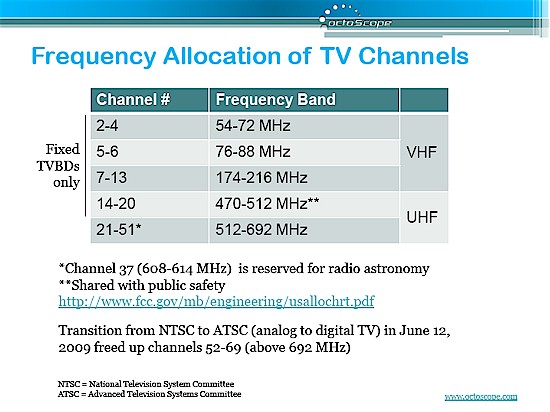
Figure 4: US TV Channel Frequency Table
(Courtesy Octoscope, White Spaces Regulations and Standards)
So the part of the hype that talks about multi-mile range probably will come true. But actually achieving that range will depend on antenna height and transmit power, both of which are tightly regulated by the new FCC rules.
But how about bandwidth? Information here is harder to pin down. US TV channels are 6 MHz wide and Figure 5 shows the Data Rates possible in that bandwidth with a proposed coding scheme. The Data Rates aren’t delivered throughput; they’re equivalent to the link rates you see reported by Windows in the Network Connection properties.
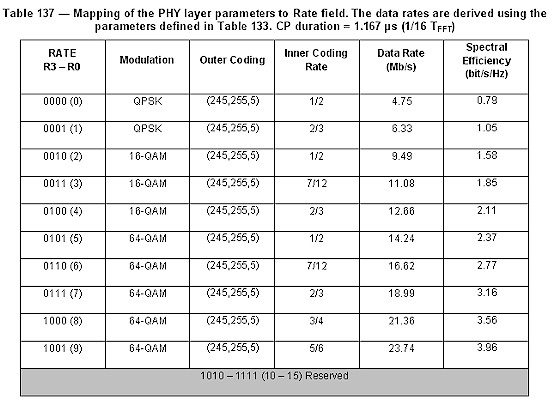
Figure 5: Example proposed PHY rates
(From ECMA TC48 Draft Standard MAC and PHY for Operation in TV White Space)
Scanning down the list, you see a maximum link rate of 23.74 Mbps, or about half the maximum 54 Mbps link rate of 802.11g. So, given past experience with the difference between link (PHY) rate and actual throughput, it’s reasonable to assume a maximum throughput of a single White Wi-Fi channel at around 10 – 12 Mbps.
The big question is whether the 802.11af standard will allow channel bonding or wider bandwidth modes. One proposal from May referred to 5, 10 and 20 MHz channel bandwidths for 1, 2 and 4 contiguous available channels.
The ECMA standard linked in Figure 5 also contains reference to a control field for multiple antennas for support of Frequency Interleaved Transmit Diversity (FITD), Space Time Block Coding (STBC) and Spatial Multiplexing (SM), which could also improve throughput.
At this point, however, only the people in the various committees hammering out the details for White Space technology know for sure. But it doesn’t seem like 802.11af is going to help anyone achieve more robust in-home HD streaming, especially in crowded urban environments.
In the end, "Super Wi-Fi" may follow the route of Wi-Max, which, despite Intel’s mighty efforts, just couldn’t compete against the interests of the cellular industry’s mobile data networks for widespread wireless broadband use. We’ll just have to see how much of the hype turns into reality over the next year or so.

